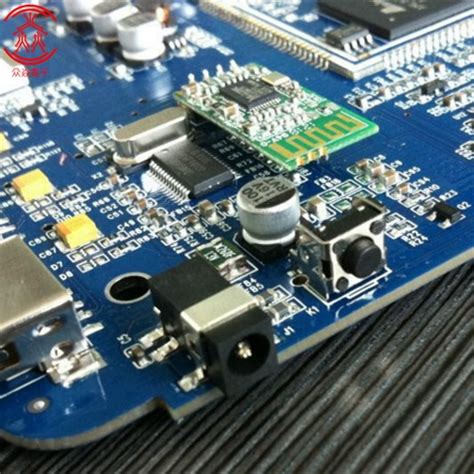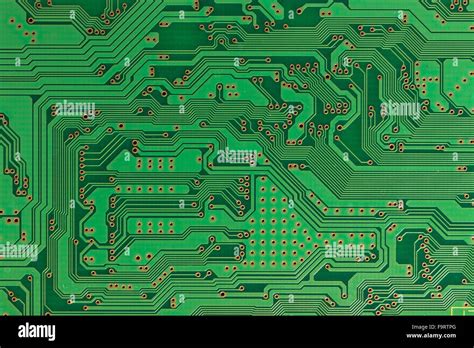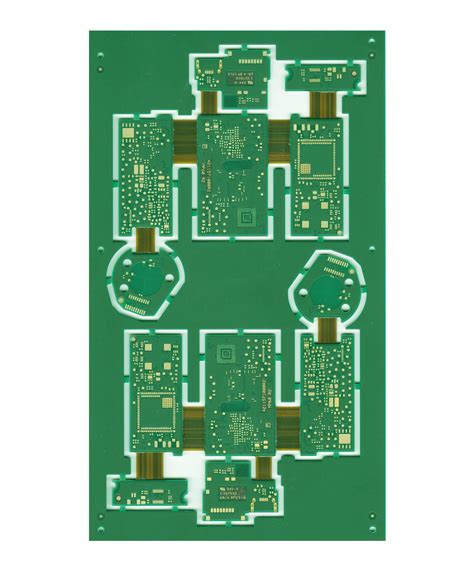Understanding PCB Assembly Techniques for Enhanced Performance
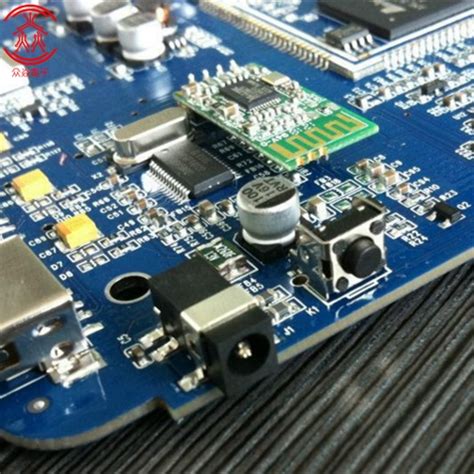
Key Takeaways
Understanding pcb assembly techniques is crucial for optimizing performance in electronic manufacturing. Each method in pcba processes contributes distinct advantages that, when effectively employed, can dramatically enhance the reliability and efficiency of the final product. For instance, employing advanced soldering techniques ensures stronger connections and reduces the likelihood of failures during operation. Moreover, focusing on component placement accuracy is essential; precise placement not only conserves space on the pcb but also aids in overall circuitry performance. Additionally, innovative technologies such as automated optical inspection (AOI) help in identifying defects early in the assembly process, which can save time and resources. By embracing these optimized processes and integrating new advancements, manufacturers can achieve higher quality outputs while also maintaining cost-effectiveness. The commitment to enhancing performance through rigorous pcb assembly practices lays a strong foundation for future developments in electronic products and systems.
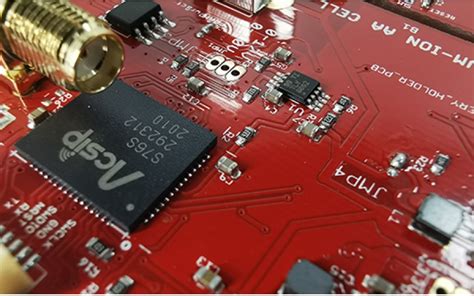
Introduction to PCB Assembly
PCB assembly, commonly referred to as PCBA, is a critical phase in the manufacturing of electronic devices where various components are meticulously placed onto a printed circuit board (PCB) and interconnected through soldering. This intricate process not only requires a thorough understanding of the design specifications but also demands advanced techniques that can significantly improve the overall performance of electronic products. As devices continue to evolve, the sophistication of pcb assembly processes similarly advances. Techniques such as surface mount technology (SMT), through-hole technology, and automated optical inspection (AOI) play pivotal roles in ensuring that the assembly is completed with high precision and minimal defects.
To further enhance efficiency, manufacturers increasingly adopt optimized processes that streamline operations and reduce production time. For instance, leveraging automated machinery for component insertion can reduce human error while increasing throughput. The following table summarizes some commonly used PCB assembly techniques alongside their advantages:
| Technique | Advantages |
|---|---|
| Surface Mount Technology | Compact design, high-speed assembly |
| Through-Hole Technology | Enhanced durability, better thermal performance |
| Automated Optical Inspection | Quality control, reduces inspection time |
| Reflow Soldering | Consistent solder joints, efficient for large batches |
Moreover, investing in advanced technologies such as robotics and machine learning can significantly boost productivity while maintaining stringent quality controls essential for reliable pcb assemblies. By embracing these innovative methods, manufacturers not only enhance the reliability of their products but also position themselves to respond quicker to changing market demands. In summary, understanding the complexities of PCBA is vital for optimizing both production workflows and ensuring superior performance in modern electronics.
Key PCB Assembly Techniques
In the realm of PCB assembly—commonly known as PCBA—various techniques play a crucial role in ensuring the end product’s performance, reliability, and efficiency. One of the fundamental methods employed is surface mount technology (SMT), which allows for the mounting of components directly onto the surface of a printed circuit board rather than using through-hole methods. This approach not only conserves space but also enhances electrical performance by reducing inductance and capacitance. Additionally, through-hole technology (THT) remains significant for certain applications, especially where durability and mechanical strength are needed.
Another important technique is automated optical inspection (AOI). This method ensures that the solder joints and component placements are up to standard, thereby reducing defects in the manufacturing process. Implementing such inspections leads to higher-quality outcomes and minimizes rework costs, allowing manufacturers to improve their overall operational efficiency.
It’s also worth noting that integrating robotics and machine learning into PCB assembly processes can significantly boost productivity. Robotics can streamline repetitive tasks while machine learning algorithms optimize workflows by analyzing data from previous production cycles to predict potential issues in real-time.
"Embracing advanced techniques in PCBA not only modernizes processes but also sets a foundation for superior product quality."
By continually adapting these key PCB assembly techniques and incorporating newer technologies, manufacturers can ensure their operations remain competitive while achieving greater levels of precision and performance.
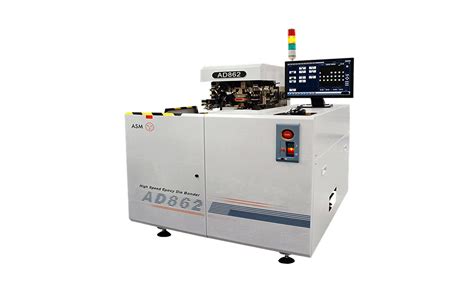
Importance of Optimized Processes
In the realm of PCB assembly (or PCBA), the significance of optimized processes cannot be overstated. These processes play a crucial role in determining the overall quality, reliability, and efficiency of electronic products. By focusing on streamlining workflows and utilizing advanced techniques, manufacturers can not only reduce production times but also minimize errors that might compromise the functionality of electronic devices. This commitment to optimization allows for better resource management, cutting costs while enhancing output quality. For instance, implementing automated systems in the pcb assembly process can significantly increase throughput, thereby meeting the rising demand for complex electronic components. As technology continues to evolve, embracing these optimized practices ensures that businesses remain competitive and capable of delivering high-performance products. Moreover, when processes are robust and well-structured, it leads to a greater consistency in manufacturing outcomes, which is essential for building customer trust in the reliability of PCBA solutions. Understanding and investing in these optimized processes not only benefits manufacturers but also provides consumers with better-performing electronics that meet their expectations.
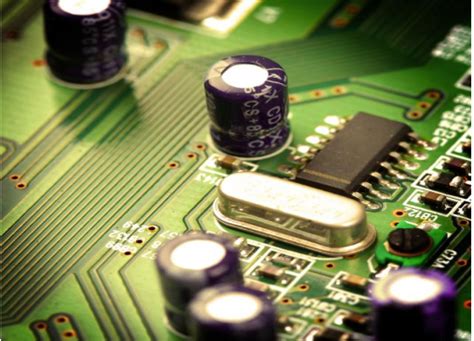
Advanced Technologies in PCB Assembly
The landscape of PCB assembly (PCBA) has evolved significantly due to the integration of advanced technologies that enhance manufacturing processes. One of the pivotal innovations is the adoption of surface mount technology (SMT), which allows components to be mounted directly onto the surface of a printed circuit board. This method not only reduces the overall size of electronic devices but also enables higher component density, leading to improved performance and capability. Additionally, automated optical inspection (AOI) systems play a critical role in ensuring quality control during the assembly process. By utilizing sophisticated imaging technology, these systems can detect defects at unprecedented speeds and accuracy, contributing to increased reliability in PCB assembly.
Moreover, the implementation of 3D printing in prototyping and manufacturing provides flexibility for rapid iterations while potentially lowering costs. This has transformed how prototypes are built and tested, allowing engineers to innovate faster without being hindered by traditional manufacturing limitations. Another noteworthy advancement is in embedded components technology, where components are integrated within the PCB itself rather than on its surface. This not only saves space but also enhances thermal performance and signal integrity.
Furthermore, the adoption of software-driven assembly technologies has streamlined workflow processes. By leveraging data analytics and intelligent algorithms, manufacturers can optimize their procedures for maximum efficiency and reduced cycle times. This results in more consistent quality across all units produced while minimizing waste—a critical factor in modern electronic manufacturing. Overall, these advanced technologies collectively foster a more efficient and reliable PCBA process that meets the demands of today’s complex electronic devices.
Enhancing Performance through Reliability
In the realm of PCB assembly, achieving reliability is critical for ensuring optimal performance in electronic devices. By focusing on quality and durability during the PCBA process, manufacturers can create assemblies that withstand both operational stress and environmental factors. One key method to enhance reliability is the adoption of rigorous testing protocols throughout the pcb assembly lifecycle. This includes not only post-production testing but also in-process assessments to identify potential issues early on. Furthermore, utilizing high-quality materials can significantly improve the longevity of printed circuit boards. Incorporating advanced technologies such as automated inspection systems ensures that defects are caught before they compromise the functionality of the final product. Additionally, design considerations such as flexibility and thermal management contribute to a more resilient PCBA, making it better equipped to handle variations in operational environments. Therefore, fostering a culture that prioritizes reliability from the ground up not only enhances performance but also builds trust in the integrity of electronic manufacturing processes.

Efficiency Improvement Strategies in PCB Manufacturing
In today’s competitive electronic manufacturing landscape, efficiency improvement strategies play a critical role in the PCB assembly (PCBA) process. One key area to focus on is the streamlining of workflows, which can significantly reduce production times and costs while enhancing overall output quality. Implementing automation technologies, such as robotic pick-and-place systems, allows for precise placement of components, thereby minimizing human error and increasing assembly speed. Furthermore, adopting just-in-time (JIT) inventory management systems ensures that materials are available as needed, reducing excess stock and waste.
Another crucial aspect is the adoption of advanced testing techniques during the PCB assembly phase. By integrating in-circuit testing (ICT) and functional testing early in the manufacturing process, manufacturers can detect faults sooner rather than later, enhancing product reliability. This proactive approach not only saves time but also improves customer satisfaction by ensuring high-quality end products. Additionally, using traceability systems allows manufacturers to track components throughout the production line, making it easier to address any quality issues that may arise.
Lastly, fostering a culture of continuous improvement within teams enables organizations to adapt and refine their processes dynamically. Encouraging feedback from operators and engineers can lead to innovative solutions that optimize both labor efficiency and machine productivity during PCBA operations. By focusing on these strategies, manufacturers can achieve substantial gains in efficiency while maintaining high standards of quality in their PCB assembly processes.
Future Trends in PCB Assembly Techniques
As the landscape of electronics manufacturing continues to evolve, the pcb assembly industry is witnessing significant advancements driven by innovation and technological integration. One of the most promising trends is the adoption of automated assembly processes, which not only reduce production time but also enhance accuracy in placement and soldering. This shift towards automation aligns with a growing emphasis on efficiency, as manufacturers increasingly seek to optimize workflows through robotics and artificial intelligence. Furthermore, the emergence of flexible printed circuit boards (FPCBs) is reshaping design possibilities, allowing for greater miniaturization without compromising on performance—a crucial factor in compact electronic devices. Additionally, advancements in materials used for pcba are leading to improved thermal management and durability, which can significantly impact product longevity and reliability. As manufacturers adapt to these new technologies and methodologies, the focus will remain on increasing production scalability while ensuring that quality standards are met consistently. The incorporation of smart technologies like IoT into manufacturing processes also holds tremendous potential for real-time monitoring and predictive maintenance, pushing pcb assembly into a new era of efficiency and performance. Overall, these trends indicate a shift toward more agile production capabilities that can respond to market demands swiftly while ensuring high-quality output.
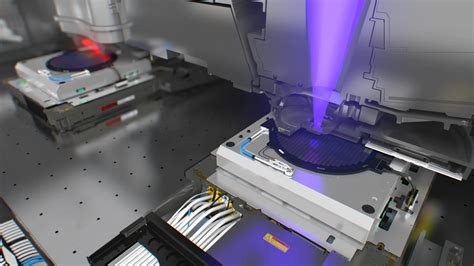
Conclusion
In summary, the landscape of PCB assembly has evolved significantly, embracing a variety of techniques that cater to the demands of modern electronics. The integration of innovative processes not only streamlines the PCBA creation but also significantly enhances overall performance. By focusing on robust reliability and efficiency improvements, manufacturers can achieve high-quality outcomes while minimizing production costs. Emphasizing optimized processes allows for greater adaptability in design and manufacture, while the adoption of advanced technologies ensures that challenges in modern manufacturing are met head-on. As industries continue to demand higher precision and faster turnaround times, it is essential for stakeholders to stay informed about emerging trends to fully leverage the benefits of modern pcb assembly techniques. Through continuous improvement and commitment to excellence, businesses can ensure they remain competitive in a rapidly evolving market landscape.
FAQs
What is PCB assembly?
PCB assembly, often referred to as PCBA, is the process of soldering electronic components onto a printed circuit board (PCB) to create functional electronic circuits. This procedure is crucial for ensuring that all components are properly aligned and securely attached for optimal performance.
What are the key techniques involved in PCB assembly?
The main techniques in pcb assembly include surface mount technology (SMT), where components are mounted directly onto the surface of the PCB; and through-hole technology, which involves inserting component leads through holes in the board. Both techniques have their advantages and applications depending on the design requirements.
Why are optimized processes important in PCB assembly?
Optimized processes in pcba help reduce production costs, minimize defects, and increase manufacturing efficiency. By streamlining workflows and utilizing advanced technologies, manufacturers can achieve higher reliability and better overall performance in their products.
How do advanced technologies enhance PCB assembly?
Advanced technologies such as automated pick-and-place machines and robotic soldering play a pivotal role in improving pcb assembly efficiency. These innovations increase accuracy, decrease production time, and ultimately lead to higher-quality final products.
What methods can improve reliability in PCB manufacturing?
Incorporating rigorous testing procedures, using high-quality materials, and employing precise manufacturing techniques can significantly enhance reliability in pcba. Ensuring compliance with industry standards further adds to the durability of finished products.
For more detailed insights into enhancing your PCB assembly process, please visit our resource at:

